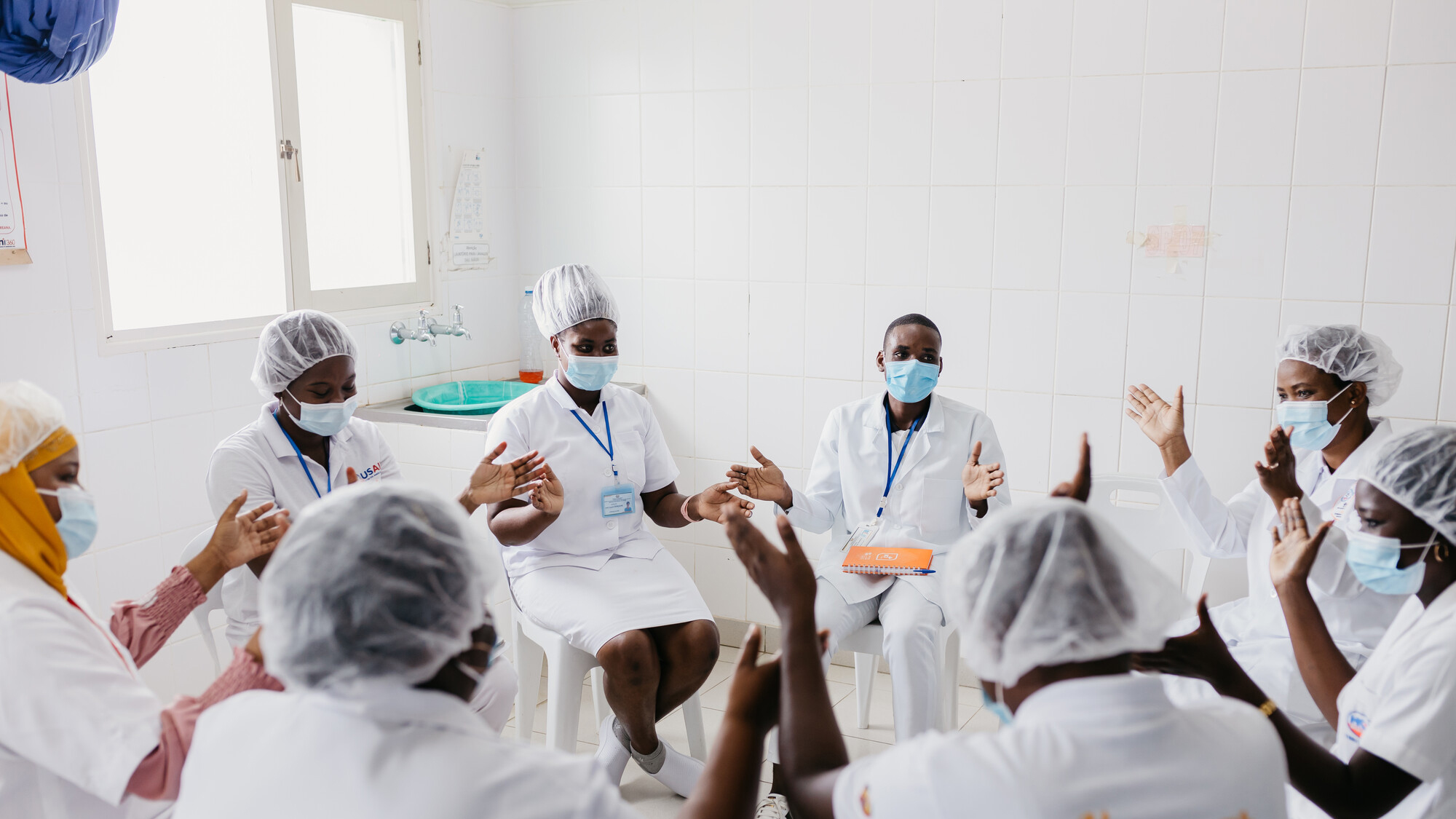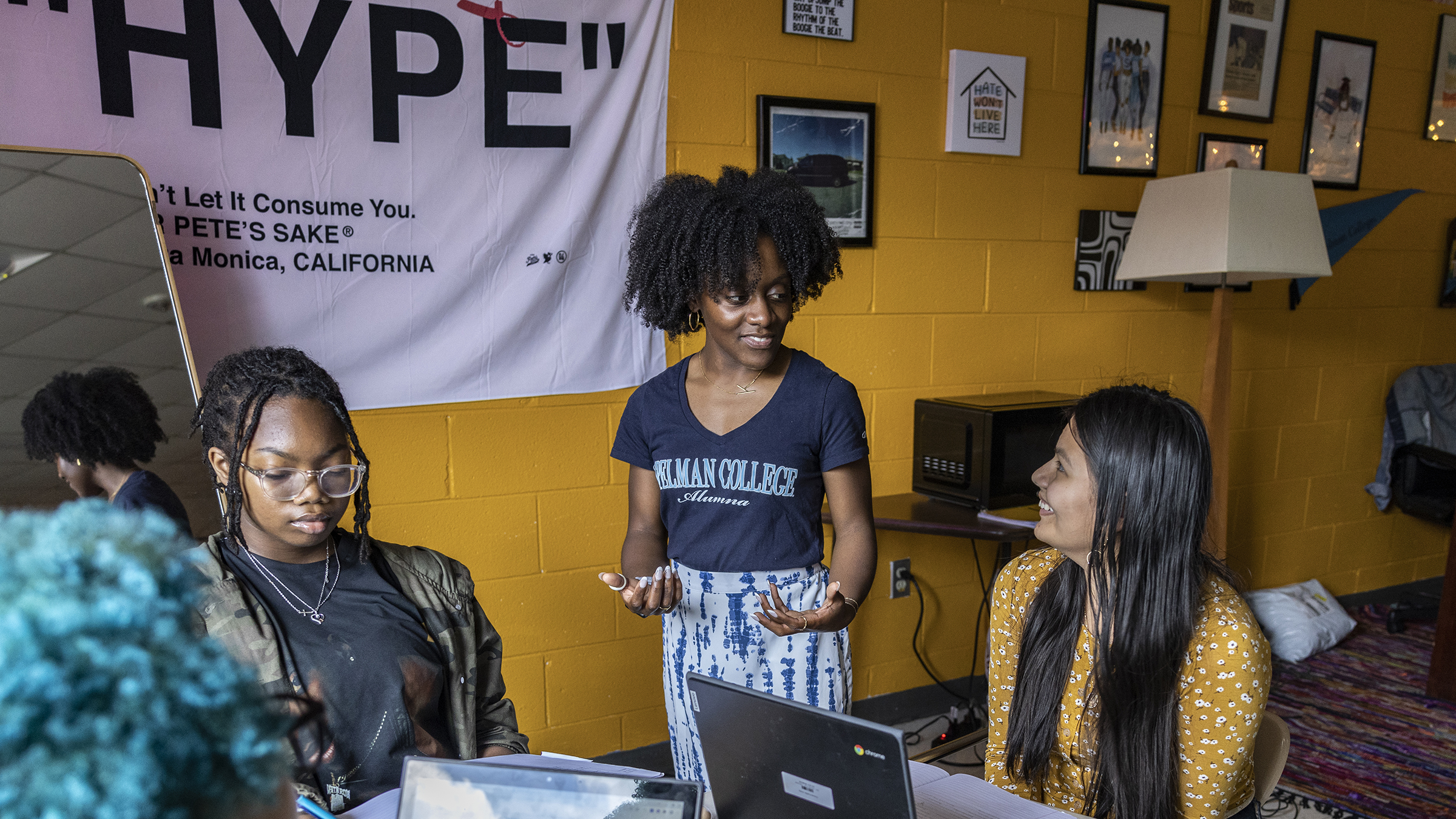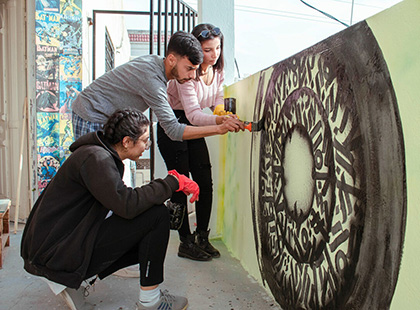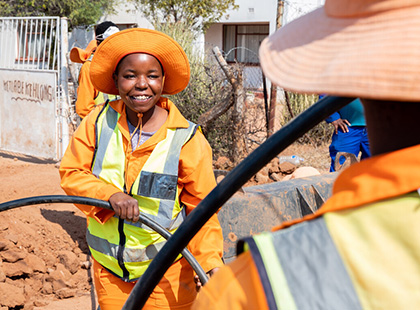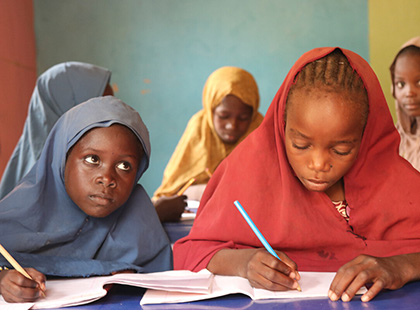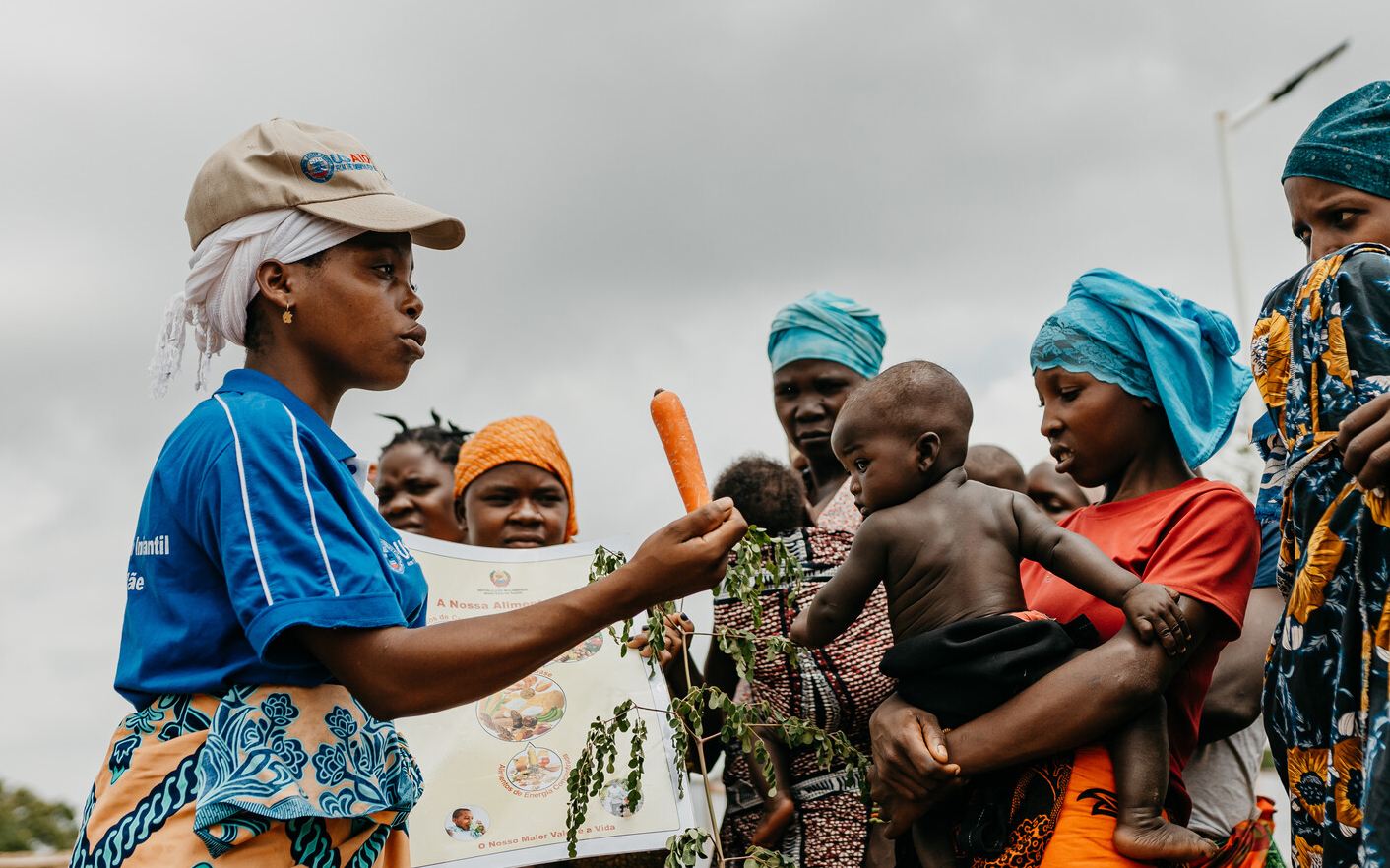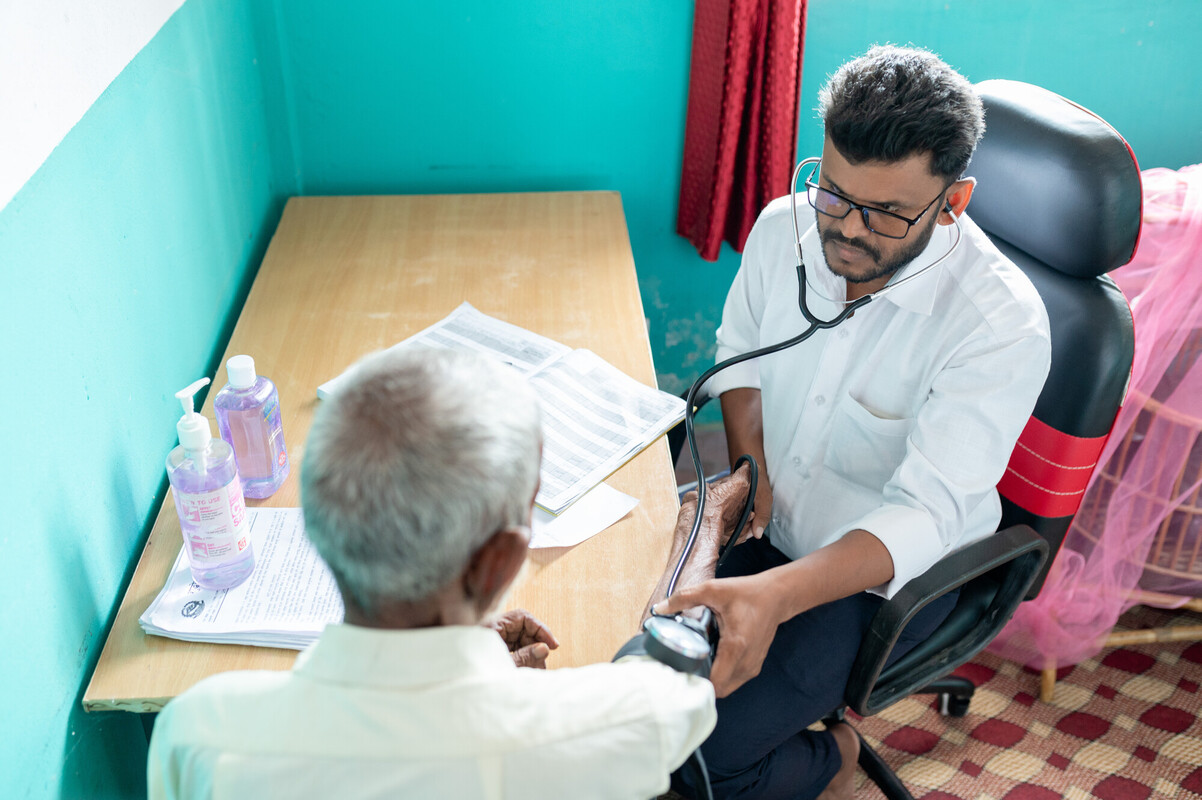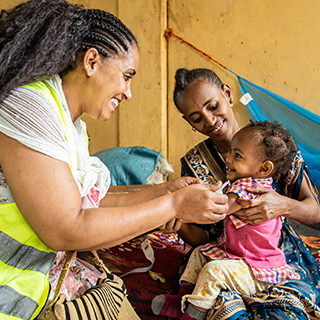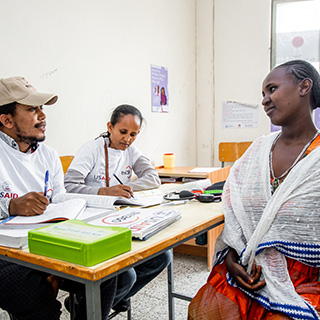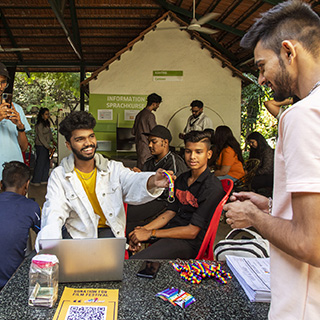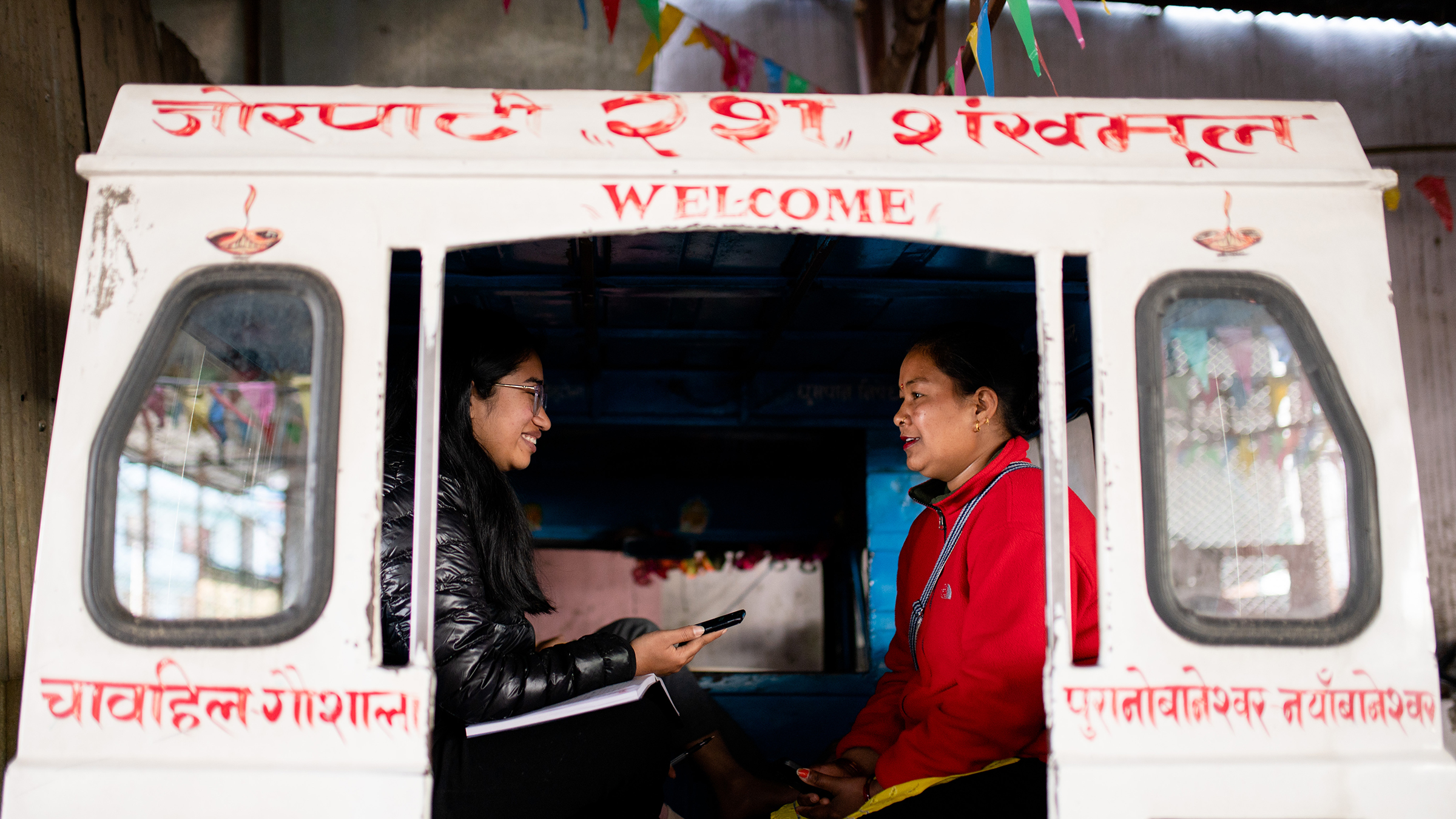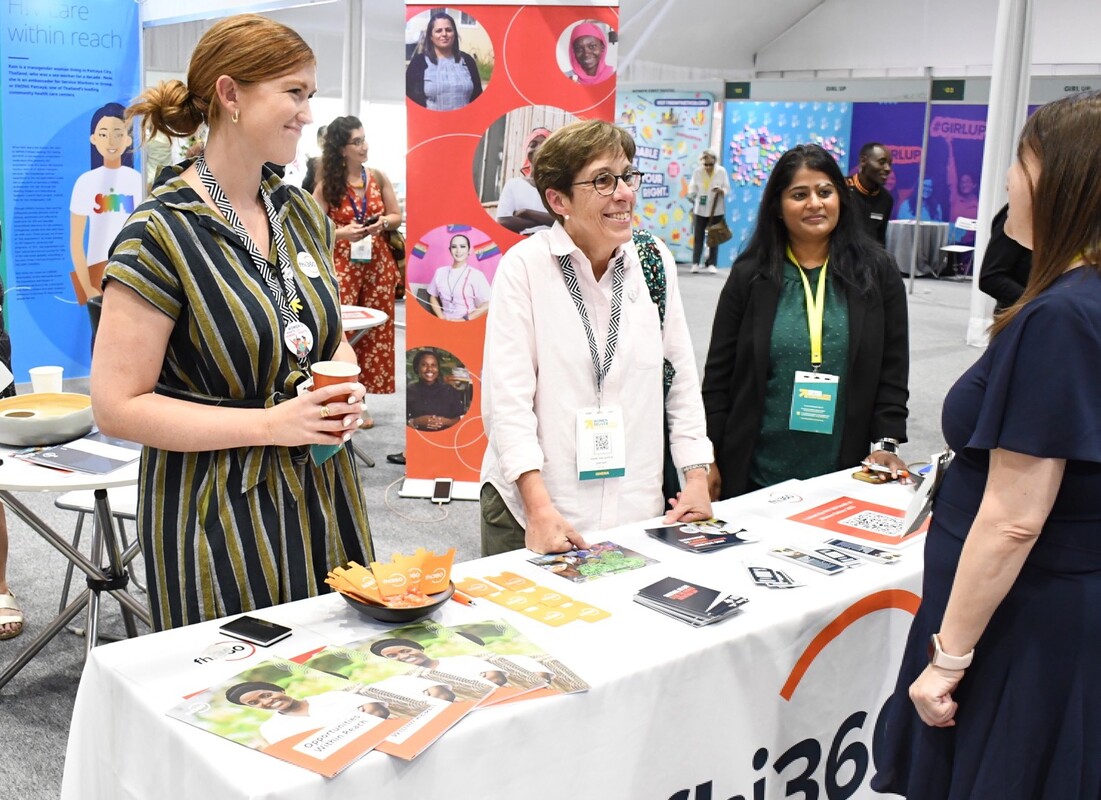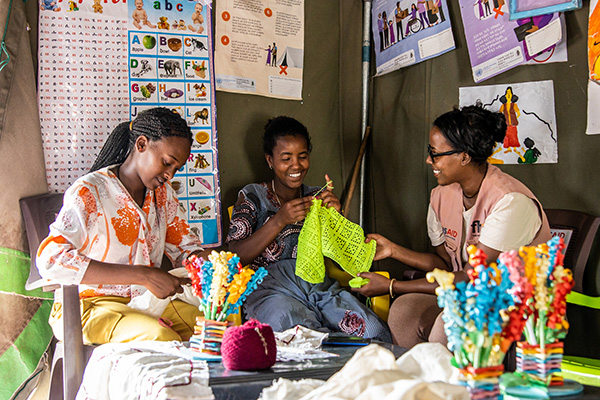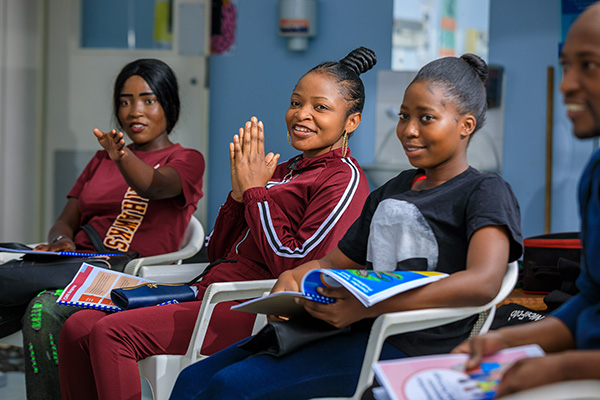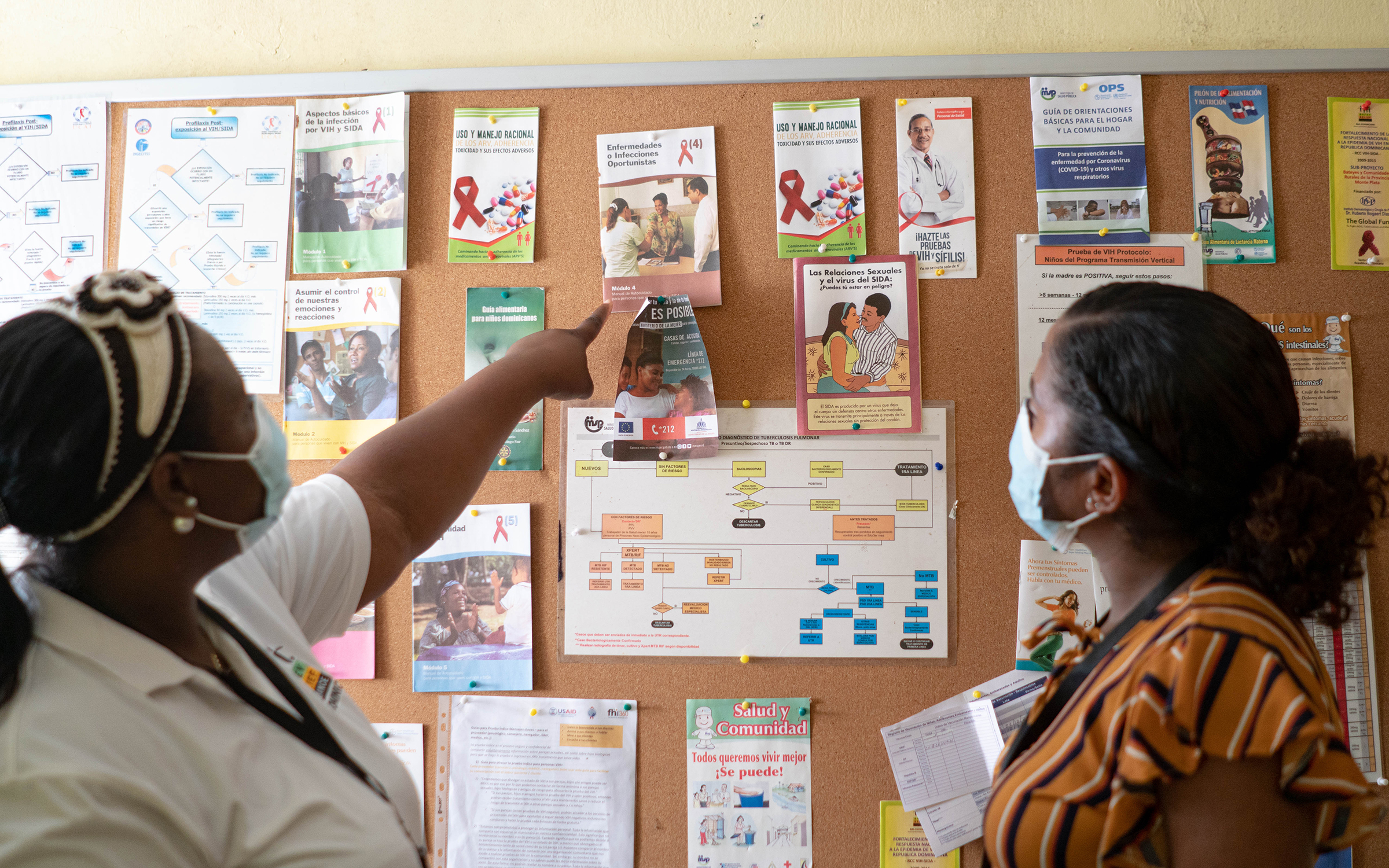The U.S. Agency for International Development (USAID) Partnership for Education: Learning (Learning) activity supported Ghana’s Ministry of Education, the Ghana Education Service (GES) and affiliated institutions to improve the reading performance of students in public primary schools.
The Learning activity was implemented by FHI 360 and consisted of four programs:
- The Early Grade Reading Program (2017–2019) provided training and materials to more than 50,000 GES staff, benefiting more than 700,000 students.
- The Transition to English Program (2019–2020) reached more than 18,000 students in 230 schools.
- The National Radio Reading Program (2020–2021) reached 1.6 million students during school closures caused by COVID-19.
- The Transition to English Plus Program (2020–2023) reached more than 800,000 early-grade students.
After three years of successfully implementing classroom-based work, FHI 360 pivoted in 2020 to support the ministry and GES in addressing the academic, health, safety and social protection needs of children affected by pandemic-related school closures. The Learning activity and the GES launched the National Radio Reading Program to improve K–4 students’ English reading and language skills, as well as their knowledge of subjects taught in Ghanaian languages. To date, hundreds of unique lessons have been written, and 5 million low-cost worksheets to support English reading were distributed to 1.6 million children nationwide.
The Learning activity supported the ministry’s back-to-school agenda by extending the National Radio Reading Program and Transition to English Program into a new phase called “Transition to English Plus.” This program provided students with remediation to successfully transition after extended pandemic-related school closures.
From 2014 to 2023, Learning trained more than 68,000 teachers, headteachers and curriculum leads and reached over 750,000 students in more than 7,000 schools across Ghana. The activity also provided over 15 million high-quality teaching and learning reading materials, including teacher guides, student books, supplementary readers and classroom materials. Braille materials for children with low or no vision were also provided.
